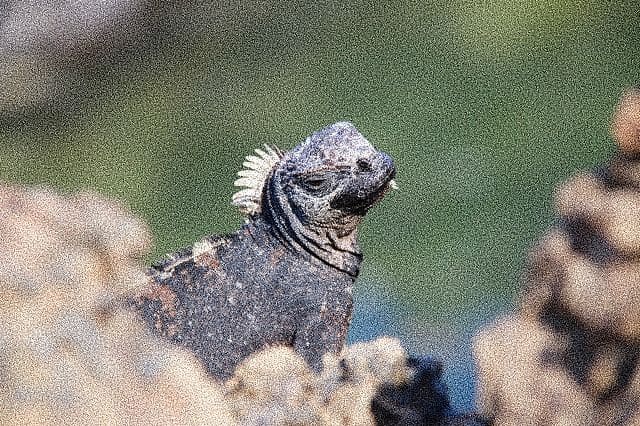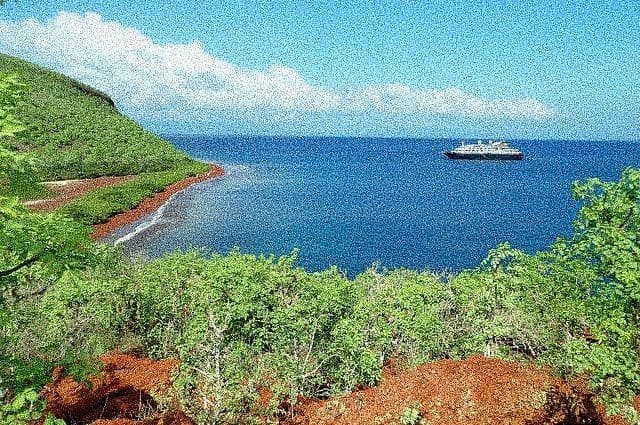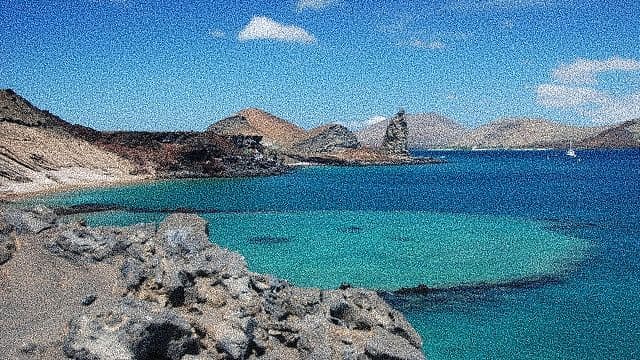The Galapagos Islands are one of the most amazing and fascinating places on earth. Volcanic islands that grow out of the ocean and are home to many endemic animals, such as playful sea lions, fearless birds with blue or red legs, diving iguanas, and much more. Each island looks different, contains different flora and fauna, represents a new world. There are so many questions about this enchanted archipelago. So, let’s get acquainted with the most important facts about them!
20 fascinating facts about the Galapagos Islands :
* The Galapagos Islands are an archipelago of volcanic islands that pass through the equator line.
* The Galapagos Islands are located in the Pacific Ocean, 926 km (575 mi) west of Ecuador, South America, and are a coastal territory of Ecuador.
* The islands are home to more than 25,000 people grouped in small towns, the capital is Puerto Baqueriso Moreno.
Read More : Interesting facts about New Zealand
* The archipelago group consists of 7880 km2 (3,040 mi2) of land extending over 45,000 km2 (17,000 m2) of the ocean.
* The group consists of 18 main islands, 3 small islands, and 107 islets or rocks. The largest of the islands is Isabela, which makes up almost three-quarters of the total land area on the Galapagos Islands at 5827 km2 (2250 m2).
* The highest point in the Galapagos Islands is the Wolf-Wolf on Isabel, which is located at an altitude of 1707 m (5600 ft) above sea level.
* The islands are located above the Galapagos hotspot, where the earth’s crust melts from below with a mantle plume that creates volcanoes.
* The oldest of the islands, which is more than 4 million years old, is gradually disappearing below sea level.
Read More : Interesting facts about the largest animal on earth
* The youngest islands of Isabela and Fernandina are still in the process of forming with 13 volcanic eruptions in the archipelago over the past 100 years.
* Five ocean currents converge on the Galapagos Islands. Equatorial currents, Cromwell, Humboldt, and Panama currents create variable water temperatures and unpredictable tides in the area, resulting in a unique marine ecology.
* The Galapagos Islands became a national park in 1959. In 1978, these islands were declared a UNESCO World Heritage Site.
* In 1986, the ocean surrounding the Galapagos Islands was declared a biological marine reserve, and in 1990 this area became a whale reserve.
* Charles Darwin visited the Galapagos Islands for 5 weeks in 1835 on the ship HMS Beagle.
* During his observations and gatherings, he noted that mockingbirds, Darwin finches, and turtles differed on different islands. These facts contributed to the development of Darwin’s theory of evolution by natural selection, presented in his book “The Origin of Species”.
Read More : Facts about the Holiest Place in India

* Due to the uniqueness of the islands and ocean waters, there are a huge number of endemic species, including Galapagos land iguanas, sea iguana (the only iguana that feeds in the sea), sea cucumbers, wingless cormorant, blue-legged booby, Galapagos mockingbirds, Galapagos penguin, Galapagos sea lions, Galapagos hawk, great frigate, mahal albatross and more than 50 species of fish.
* The most famous of the endemic Galapagos creatures are turtles, named after the islands. Giant turtles have slightly different physical characteristics depending on which island they are from.
* Unfortunately, whaling and seal traders in the 18th and 19th centuries killed and captured thousands of Galapagos turtles to extract their fat.
* Since turtles can survive for several months without food and water, they can be kept on board ships as a means of providing fresh protein. Some turtle species were lost to this practice, and others were on the verge of extinction.
* It was known as the rarest creature in the world and served as a symbol of conservation. Lonely George died on June 24, 2012, at the age of 100.
Read More : Interesting Facts about Willow Park Tree
Conclusion :
The most famous resident of the Galapagos Islands was Lone George, who was the only surviving giant turtle on Pinta Island left on Earth.
Hope you have enjoyed the facts and history about Galapagos Islands, Some more interesting articles for you.
- What is so special about Galapagos Islands? Galapagos Islands Facts & History
- 25 Fun and Interesting facts about Bora Bora Island that We must know
- 20 Quick facts about Easter Island
- 30 Antarctica Facts: All mysterious and Fun facts about Antarctica
- 15 interesting facts about Halong bay Vietnam tourism and attractions



